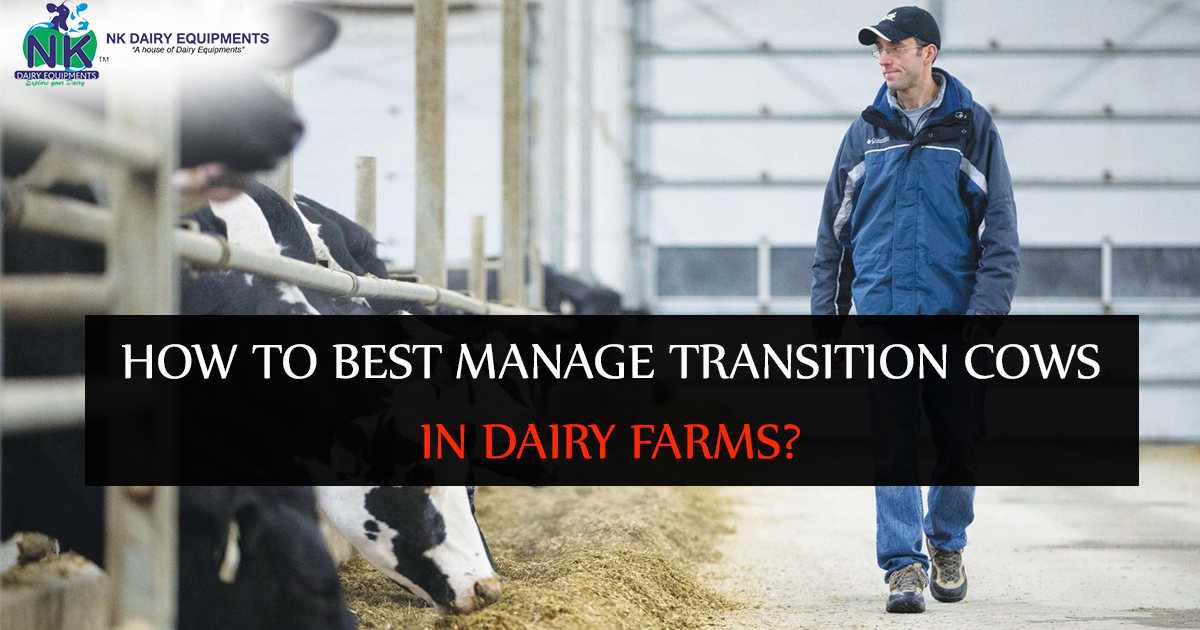Any cow which is bred at the dairy has low levels of natural defenses, especially while it brings up a little one. To oppose that, it may have a provocative reaction for fighting a disease. But, the provocative response is twofold, especially if the condition is terrible.
Acute swelling or pain is related to increase White blood cells (monocytes) activity and also in fighting off with diseases. The cows having inflammation at a higher rate produce much less milk. The main thing to control this is by earning how to manage cows. A study on new tools helps in reducing the chances of acute inflammation.
This can be done by considering the following:
Controlling Body Condition Score
Controlling body condition is one of the best ways to reduce the chances of transition cow disorders. It is disapproving to examine the % of milcher outside the required range of body condition score. All the groups will be having some cows with BCS more than 3.9. But, in the case of the midpoint is 4, and about half are more than 4, then the problem needs a solution.
Transition Cow Barn
Enough counters and extra space in coops which are not oversupplied will guarantee that milkier have entry to space for lying and feeding. If coops are overstocked or oversupplied yielding cows will be having less access to both are will be affected too much more issues at the time of calving. Also, milkier have to be kept cool while there is heat to avert surplus standing, hitch and feeding intake problems.
Oxidation Inhibitor
Oxidation inhibitor like Vitamin e, a chemical element (selenium) or other non-edible products, during transformation period to relieve oxidative stress can work wonders for cows prior to their calving. The cows which are treated had less number of kept placentas and dead born than those who were not treated.
Non – Ionic Diet
Non – ionic cow diets have shown to be having low cases of milk fever.
Inflammation
Using NSAIDs like Salicylate is very beneficial for cows, during their lactation period. The older cows reacted with 30% more milk and much more milk fat than the ones who were untreated.




